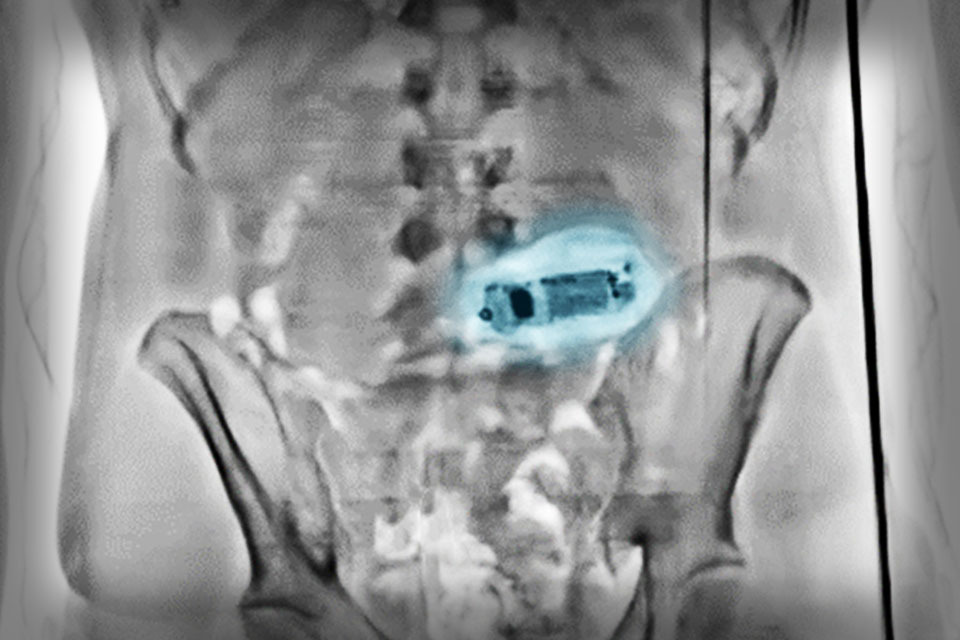What is the Prisons Strategy White Paper?
A brief explainer of some of the key policy areas of the Prisons Strategy White Paper.
Applies to England and Wales

Prison officer montage
Introduction
The Prisons Strategy White Paper sets out a vision for a modern prison estate that protects the public and cuts crime by rehabilitating offenders.
With an investment of £3.75 billion into the largest prison building programme in more than a century to provide 20,000 extra prison places, in addition to an extra £550 million to tackle reoffending, the White Paper sets out a vision to create the right conditions to rehabilitate prisoners from the moment they leave the dock and enter custody.
Watch Deputy Prime Minister, Dominic Raab, unveil our new Prisons Strategy White Paper
Here are some of the key areas that it covers.
Investment in prison security and cutting-edge technology
X-ray body scanners and ‘airport-style security’ will be implemented in all new-build prisons to prevent contraband like drugs, weapons and mobile phones from getting into prisons, so that offenders can focus on purposeful, rehabilitative activity to get their lives back on track.
Zero-tolerance to drugs and treating addictions from day one
Tackling addictions is crucial towards rehabilitation and reducing reoffending. As part of a zero-tolerance approach towards drugs, prisoners will be assessed on arrival for drug and alcohol addictions, allowing prison staff to make comprehensive plans for their recovery from day one. Upskilled staff will provide a full range of drug and mental health treatment both inside and outside of prison – including the use of abstinence-based treatment.

An x-ray body scan detecting an illicit item.
Tackling reoffending with education, skills and new job-matching service
A new Prisoner Education Service will help every prisoner leaving custody to gain the basics they need to find work on release. Using in-cell technology, the Service will provide basic skills, vocational training, and the qualifications prison leavers need for work in the digital age.
Employment Advisors will match offenders and their skills with relevant vacancies in the local community. By opening up the estate to employers and allowing thoroughly vetted offenders to take up work both inside and outside prison, this will improve the service prisons offer their communities and businesses, as well as enabling prisoners to seize the opportunity of a second chance on release.
Employing 5,000 new staff and upskilling existing workforce
Frontline staff are crucial to making the strategy a success, and the White Paper includes a new commitment to recruit an additional 5,000 officers, with 2,400 employed in the next two years, and a new retention programme to keep existing staff.
Staff will be supported with specialist training and guidance to enable them to support prisoners with specific needs, as well as more opportunities to enhance their professional skills with qualifications and a new cross-HMPPS fast track scheme.

The White Paper commits to recruit an additional 5,000 prison officers.
Transparent prison performance data with new league tables
Prison Governors will be set clear expectations through key performance indicators, outcome measures and targets for all prisons and their teams. This will include emphasis on reducing reoffending, improving safety and security, getting prisoners off drugs and improving basic skills such as numeracy and literacy.
In order to support spreading best practice, there will be increased transparency of prison performance data across the estate in the form of league tables, allowing for accountability and greater earned autonomy for the strongest performers in particular areas.

The construction of a new, state-of-the-art prison in Glen Parva, Leicestershire.
Read the full Prisons Strategy White Paper on GOV.UK.